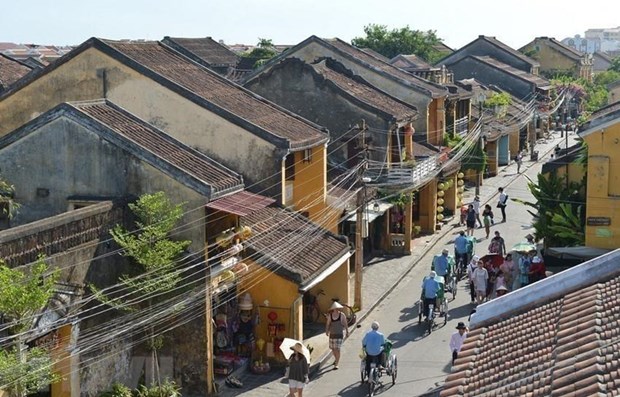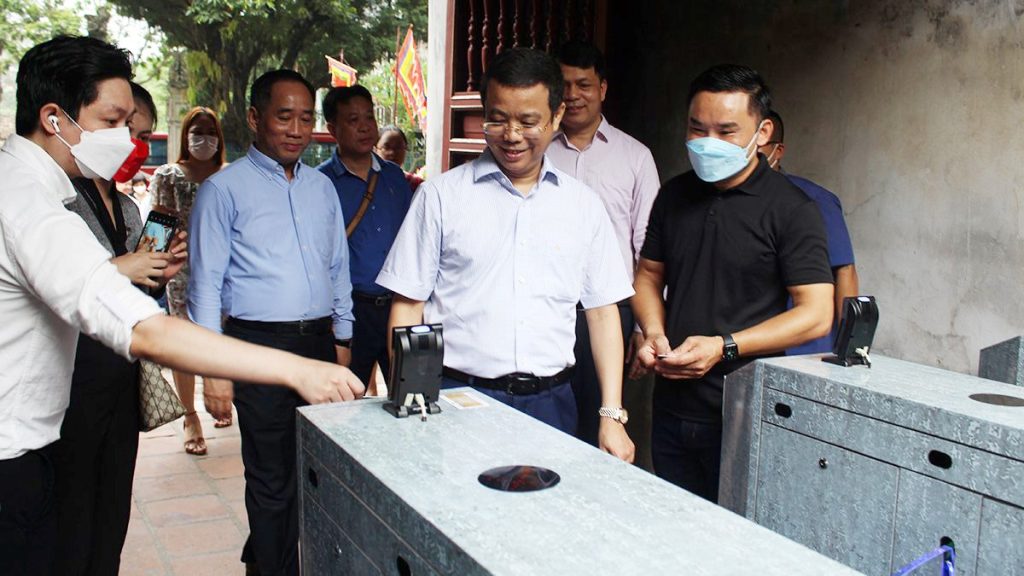(TITC) – In order to ensure the quality, comfort, safety and proper waste management of public toilets in general at touristic destinations within the ASEAN Region, ASEAN members develop an ASEAN Public Toilet Standard in line with the ASEAN Tourism Strategic Plan (ATSP) 2011-2015.
A basic yet vital component in the tourism industry that can make or break the tourist experience is when the tourist has to use the toilet. These toilets need to be clean, hygienic, complete with various amenities and facilities, located conveniently, well maintained and using proper waste management systems. There are various types of toilets within the ASEAN region with different norms and designs. This standard looks at common criterias that should be practiced at all public toilets in the ASEAN region.
The Public Toilets Standard is divided into four main criteria which recommend how a public toilet should be maintained: Design and Environmental Management System, Amenities and Facilities, Cleanliness and Safety.
A public toilet as defined by this standard is a room or booth shared by all people at all times for urination and defecation consisting of at least a bowl fitted with or without a seat (seating or squatting) and connected to a waste pipe and a flushing apparatus. This standard also focuses on public toilets frequented by tourists at places of interest/transit points/popular shopping areas.
Criteria
1. Design and Environmental Management System
1.1. Good waste water management system and standardized water treatment system
The public toilet should use a proper waste management system and standardised water treatment system approved by the local government/authority/entity.
1.2. Pleasant landscape and design
The surrounding area of the toilet should be kept clean, safe and provide easy access for visitors. The exterior and interior design can either use traditional or modern architecture
1.3. Clear public toilet signboards
Toilets signs should be placed at visible conspicuous areas for visitor convenience.
1.4. Encourage the appropriate use of the toilet and importance of hygiene
Notices encouraging the proper use of the toilets should be placed near/at visitor’s field of view when using the toilets. These notices should clearly explain the operation and importance of hygiene, cleanliness and tidiness and also shall not be encourage as smoking area.
1.5. Disabled and elderly facilities
Each toilet should have at least one toilet for the disabled. These toilets should have bigger doors for wheel chair access and railings for support near the latrines.
2. Amenities and facilities
2.1. Appropriate space for each cubicle
Each cubicle should have ample space to cater for a full grownman/woman.
2.2. Sufficient provision of amenities
Provision of amenities such as tissue, toilet paper/hand dryer, waste bin or sanitary bin, soap, water and hand wash must be available at/in the toilet/cubicle at all times.
2.3. Coat hangers and ledges in cubicles
Placement of coat hangers within the cubicle. Cubicles should have ledges to place
3. Cleanliness
3.1. Adequate air circulation & ventilation system
The toilet should have appropriate ventilation system installed in the toilet or at least have open windows for air circulation.
3.2. Good smell and no dirty areas
Toilets shall have no bad odour for the comfort of the visitor. Owners/managers of the toilet must ensure there are no dirty areas in the toilet such as at corners, behind toilet bowls etc.
3.3. Floors should be kept clean and dry
All toilet floors shall be kept clean and does not retain water dry at all times.
3.4. Trained personnel on the facility for cleaning and maintenance
Toilet attendant are recommended to be stationed at toilets for cleaning and maintenance purposes.
3.5. Customers’ suggestion box
A suggestion box should be conveniently placed near or around the entrance of the toilet. Toilet operators/managers/owners is responsible for taking action on the suggestion forms when appropriate.
3.6. Regular cleaning and maintenance of the toilet premises
Toilet Operators/managers/owners must practice regular cleaning and maintenance on the toilets. (e.g. replacement of light bulbs, replacement of broken doors, mirrors, coat hangers and leaks etc)
4. Safety
4.1. Adequate lighting
Toilets should have adequate lighting at the entrance, wash basin and cubicles.
4.2. Public location
The toilet should be located in a safe area to avoid from encouraging any unlawful
activities.
4.3. No slippery ground or surface
Toilet floors should have good grip or are made of non-slippery material.
4.4. Firm construction
The toilet should be structurally firm with no signs structural cracks or defects. All exterior, interior and fixtures must be securely fastened such as locks, mirrors, hand dryer, soap dispenser, coat hangers etc.
4.5. Cleaning Agent
Toilet Operators/managers/owners are encouraged to use environmental friendly cleaning agent and the cleaning agent shall be kept at a safe area.
Tourism Information Technology Center




